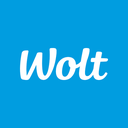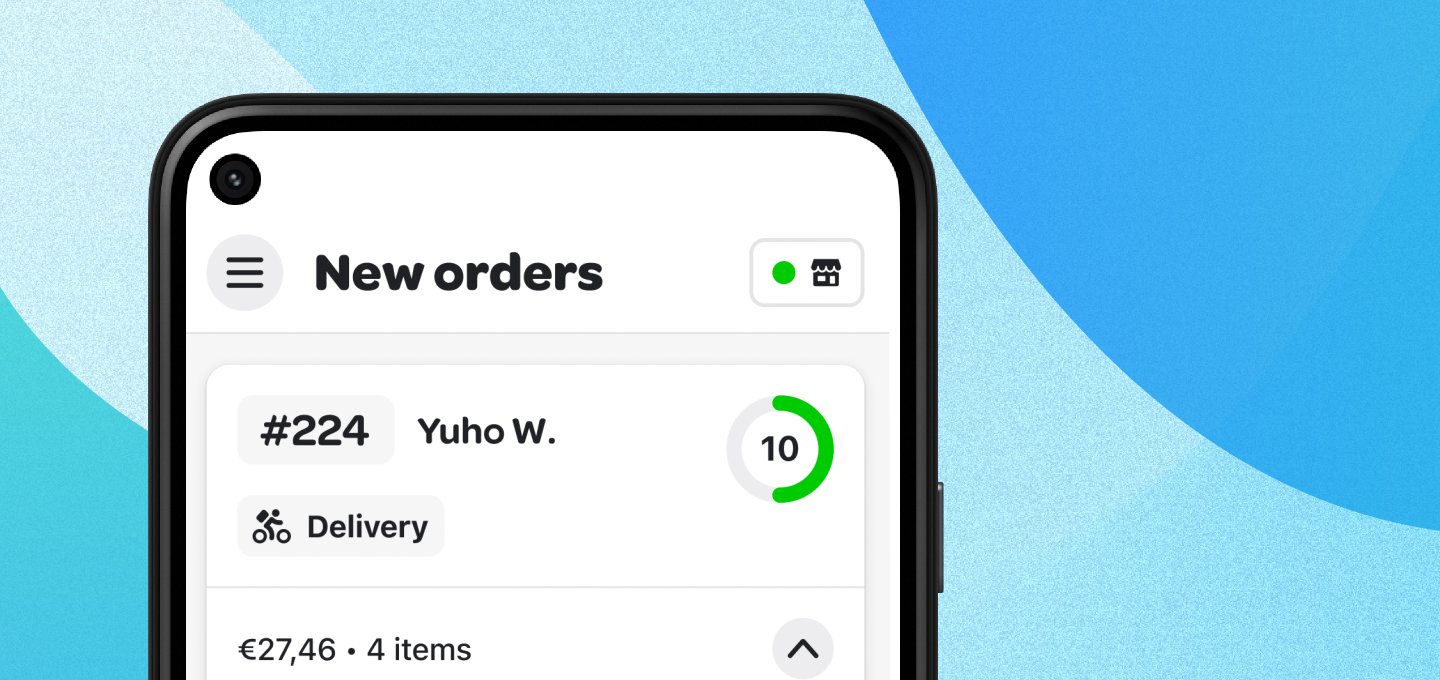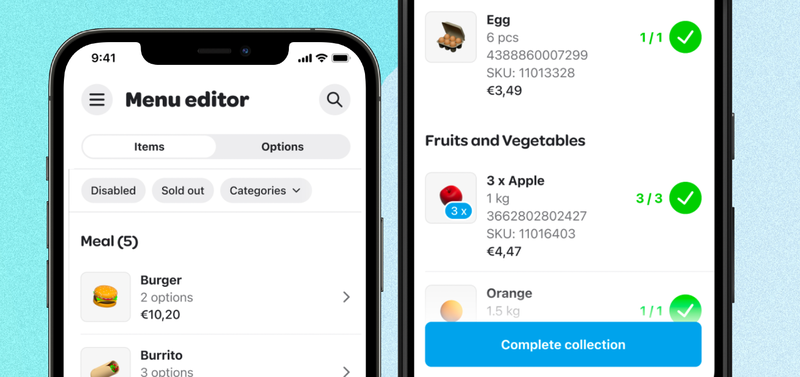
Wolt

Wolt taps into new markets with Flutter
Wolt, a part of Doordash International since 2022, makes it easy to get the best restaurant food, groceries, gifts and more delivered to your home or office. With a team of over 10,000 people in 27 countries and 500+ cities, Wolt serves over 36 million registered users — and counting.
Goal
After years of successfully connecting restaurants, couriers, and hungry people with their popular food-delivery app, Wolt had begun to venture into other forms of retail delivery. This expansion required them to provide an efficient way for their merchant partners to manage orders. Their restaurant partners had been using the native Wolt Merchant app on iPads for years, but the expansion into retail meant the team would need to make the app accessible for all screens, necessitating the development of a new, cross-platform app that could seamlessly operate on both iOS and Android devices.
Why Flutter?
Wolt’s engineering team lead had worked with Flutter in the past, and recommended it for its cross-platform development efficiency, responsive design, rapid feature development, scalability, and performance. Because the updated app would be critical to the company’s new business model, Wolt built a proof of concept before moving ahead.

Their solution
After evaluating both native and other cross platform options, Wolt decided to build a single, multiplatform app with Flutter because it would require less time and resources than maintaining separate codebases. Outside of the efficiency wins, the team made a few other bets:
- As Wolt transitioned into the wider retail market, the app would need to adapt to several new user scenarios. Flutter's ability to create responsive designs would help.
- Flutter's widget-based architecture would help them achieve cohesive design across platforms to maintain brand integrity and provide a seamless user experience.
- Flutter made it easy to integrate features that require native functionality, such as barcode scanning with the camera and connecting to printers via Bluetooth.
All of these proved correct as just two Wolt developers built the first version of the new app in a month and a half, followed immediately by production-level testing.
“The Flutter community is an invaluable resource for learning and overcoming challenges.”
- Cagatay Ulusoy, Flutter Competence Lead, Wolt
Results
Adopting a cross-platform solution not only simplified the team’s workflow, it enabled much more rapid deployment across platforms. Wolt can now roll out simultaneous bi-weekly updates for iOS and Android, keeping their app competitive and responsive to user needs. It also allowed them to better manage their development costs by reducing the need for platform-specific development teams.
Migrating to Flutter also gave Wolt the opportunity to fully integrate the new design system tokens provided by their design system team. This transition to a more unified and streamlined design approach was accomplished in less than two weeks, enabling Wolt to achieve a cohesive look and feel, reinforce their brand identity, and ensure a consistent user experience across Android and iOS devices.
The Wolt team is also committed to sharing their progress with the Flutter community. So far, they’ve open-sourced two key solutions: the Wolt Responsive Layout Grid, which has 96 likes and an 80% popularity score on pub.dev, and the Wolt Modal Sheet (944 likes and a 97% popularity score on pub.dev), aimed at improving responsive design and modal interactions in Flutter apps. They’ve also organized Flutter meetups in the community and sponsored a conference, which they say has significantly improved their hiring ability.